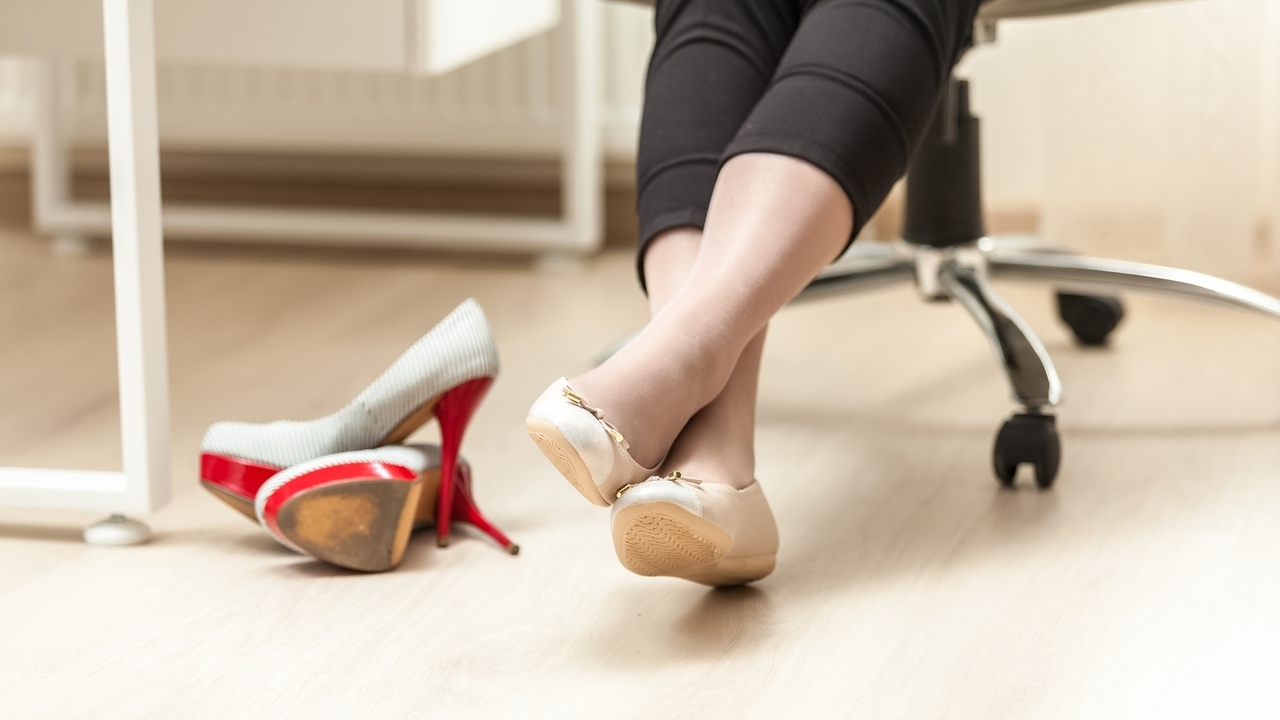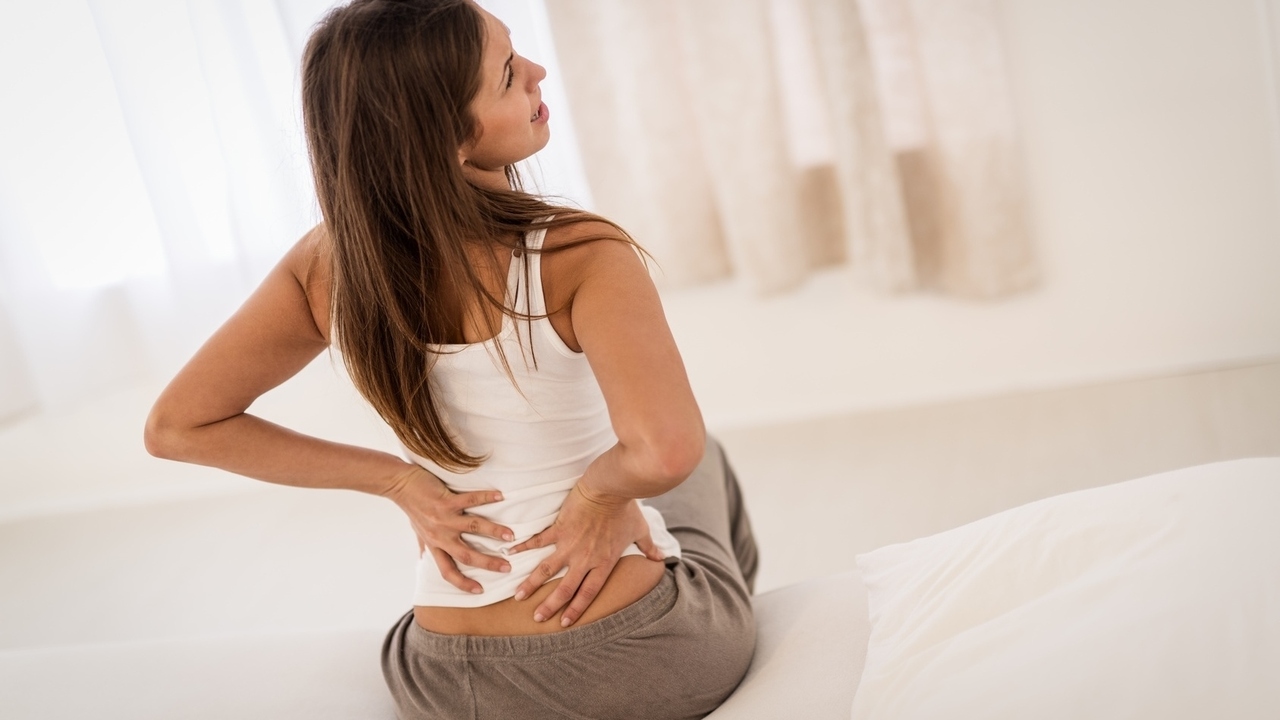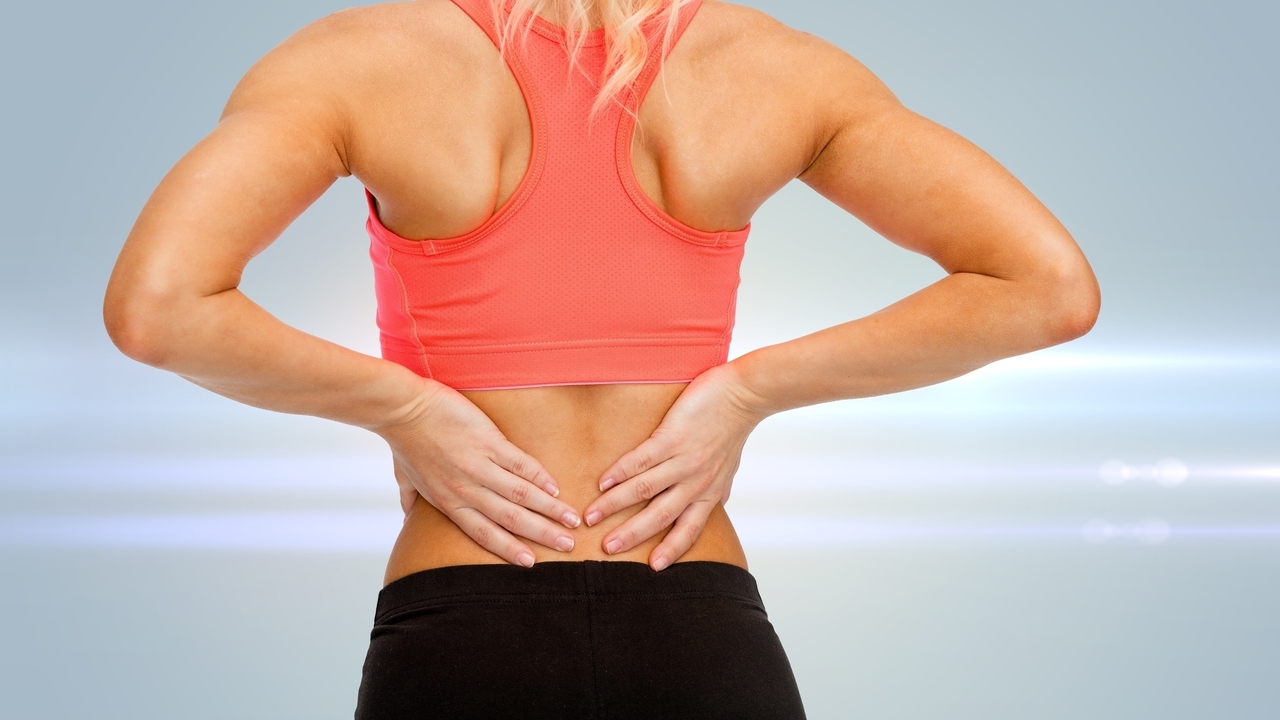 as3d/Fotolia
as3d/Fotolia
Imagine that we could predict your future with 80 percent certainty. Unfortunately, we are not predicting your love life or your finances. Instead, we are predicting pain.
Estimations run high for this crystal ball experience, as 80 percent of the population will experience a back problem at some point in their lives.
Most of us ignore the realities of back pain — until it happens to us. Once you have been plagued by the single leading cause of disability worldwide, you start to listen and you start to listen hard.
You may find yourself trying a little bit of everything, or you may find yourself listening to an expert who declares that they alone know the cure.
We all have different bodies that require different solutions. We suggest rather than dipping your toe into one solution, that you commit to a multifaceted route.
Here are four places to look for healing that have proven to be regularly successful in the war against back pain:
1) Look at the cause, not just the cure.
Back pain can be from many things, from strains and sprains to degenerative disks to herniated or ruptured disks. You can guess and Google all you want, but only a doctor can tell you for sure.
After you find out what type of back pain you are harboring, try to figure out what initiated the pain.
From imbalanced muscle groups to poor posture to occupational risks, one of the best things you can do to start your path to healing is to figure out how you can better use your body in space.
It is important that you don’t blame yourself. Sitting for long periods can bring the pelvis into a tucked position, which can be very hard to correct even after you return to a standing position.
2) Get lumbar support.
The lumbar region of the spine is where most back pain occurs, which is not surprising as it holds much of the weight of the upper body. There are 31 pairs of nerves rooted to the spinal cord, transmitting all sorts of signals from the body to the brain — including pain.
When we sit or hold dysfunctional posture for long periods, our lumbar curve can begin to flatten out which can set us up for low back pain. In fact, this curve is a uniquely human feature, which allows us to stand on two legs.
As you are rehabilitating or preventing future flare-ups, invest in back support for your chair and get up and go for walks more often.
3) Major on subtle movements.
Slow and steady wins the race, and this isn’t only true in Aesop’s Fables. When it comes to back pain, dramatic movements are often not healing.
Working with simple movements like pelvic tilts and supine stretches can lead to a breakthrough, even though they might not feel like much.
This may not be a time to push it, but that doesn’t mean it is time to lie in bed.
A Norwegian study discovered that pain levels and ability to function was neither greater or lessened in those who took rest or stayed active. However, since bed rest can lead to other problems, the authors suggest staying active is reasonable advice.
Be moderate. Move a little, rest a little. It is not necessary to go big on either end of the spectrum.
4) Feed your soul to heal your back.
As we all know, there relief can sometimes be found due to the placebo effect. So even though something might not work for someone else, or it may not even be scientifically founded, don't assume that means that it will not work for you.
This is a time to do what feels good, whether that is chiropractic, acupuncture or osteopathy. There are not many definitive conclusions on which is the best alternative medicine according to long-term outcome. Now is the time to listen to your inner voice.
If something doesn’t feel right, listen. If it does, revel in it. You are unique, and so is your back. You will have a specific formula that will offer relief.
Not giving up is key. It is easy to feel defeated when ravaged by pain, but taking the pain as a message rather than an ending can make all the difference.
Reviewed May 24, 2016
by Michele Blacksberg RN
Edited by Jody Smith
Back Pain Facts and Statistics, American Chiropractic Magazine, Retrieved 23 May 2016.
http://www.acatoday.org/Patients/Health-Wellness-Information/Back-Pain-Facts-and-Statistics
Low Back Pain Fact Sheet, National Institute of Neurological Disorders and Stroke, Retrieved 23 May 2016.
http://www.ninds.nih.gov/disorders/backpain/detail_backpain.htm
Back Pain In-Depth Report, The New York Times, Retrieved 23 May 2016.
http://www.nytimes.com/health/guides/symptoms/back-pain-low/print.html
Walsh, Allison, Bed Rest Not Always Best Bet For Beating Back Pain, Spine-Health, Retrieved 23 May 2016.
http://www.spine-health.com/blog/bed-rest-not-always-best-bet-beating-back-pain
Complementary and Alternative Therapies for Back Pain II, PubMed, Retrieved 23 May 2016.
http://www.ncbi.nlm.nih.gov/pubmed/23126534





Add a CommentComments
There are no comments yet. Be the first one and get the conversation started!